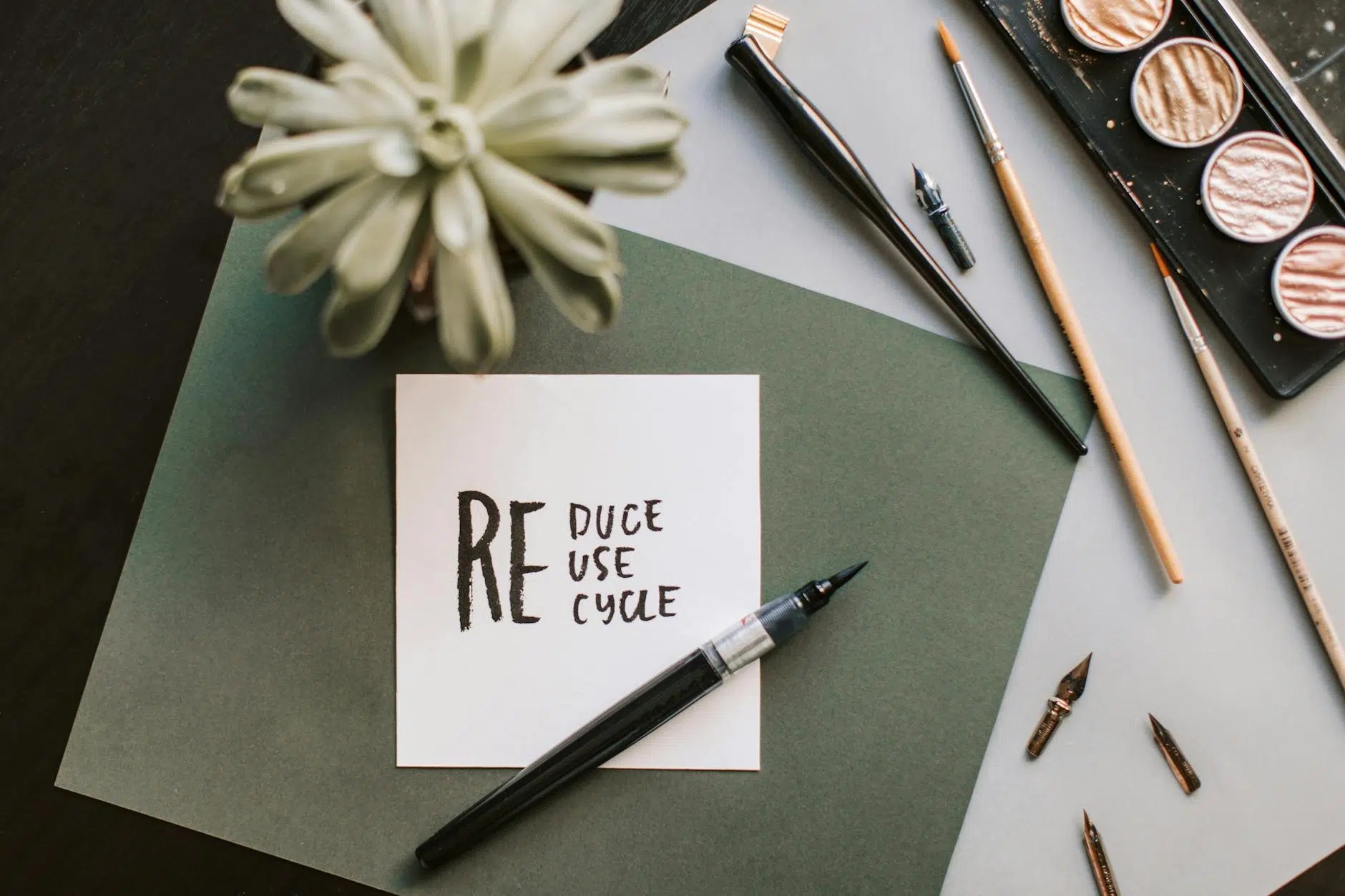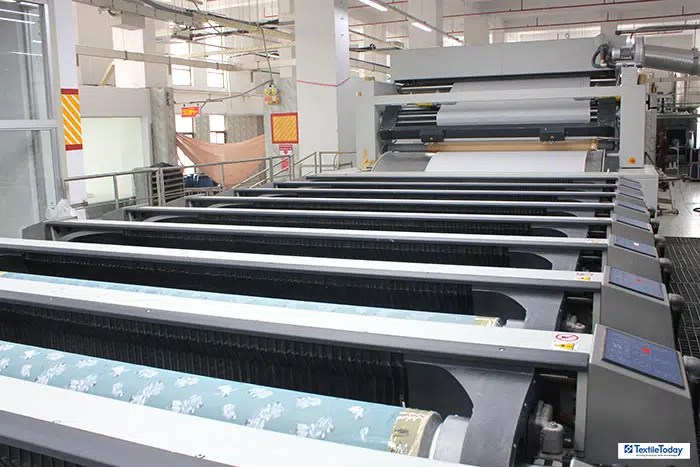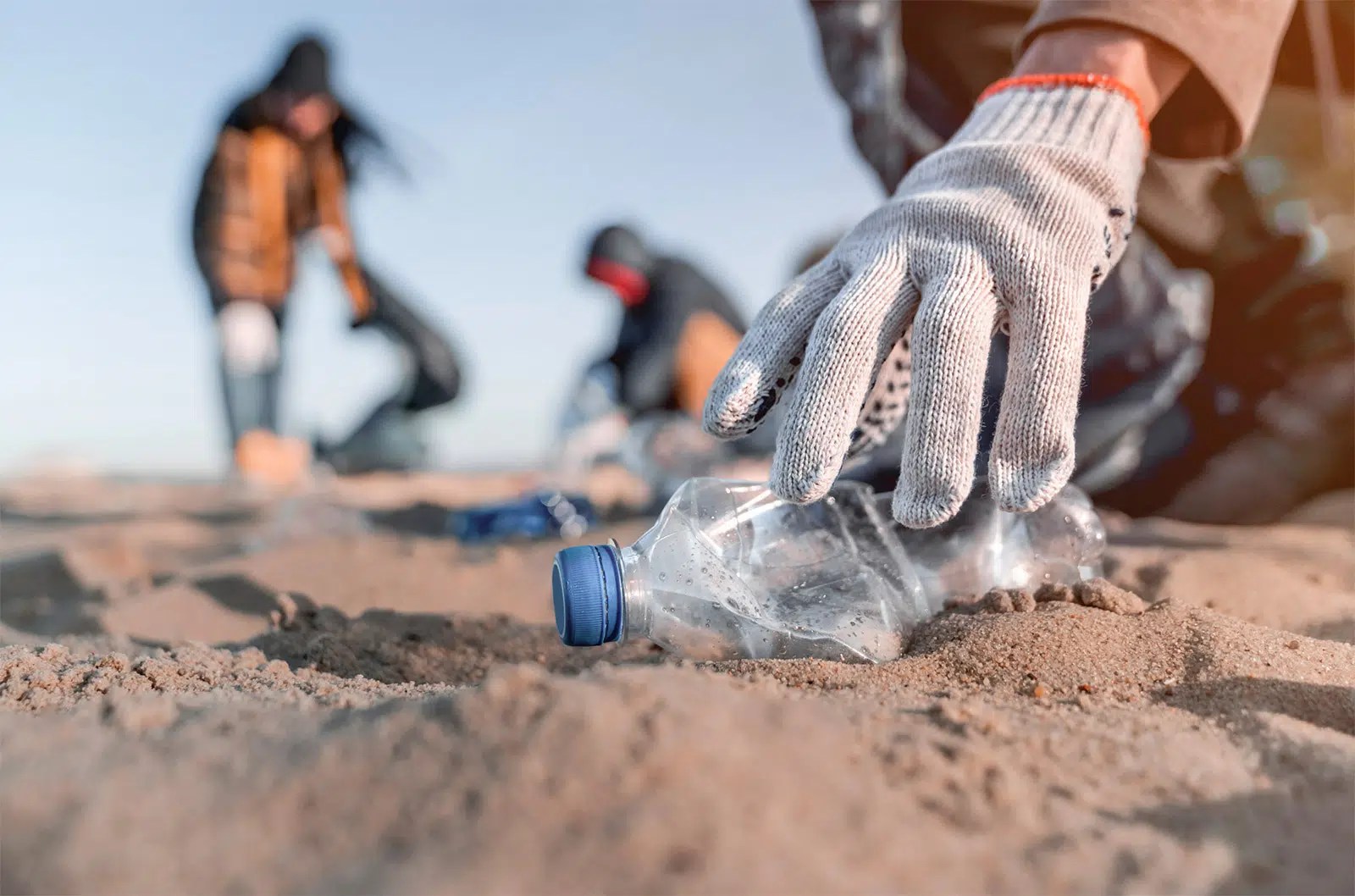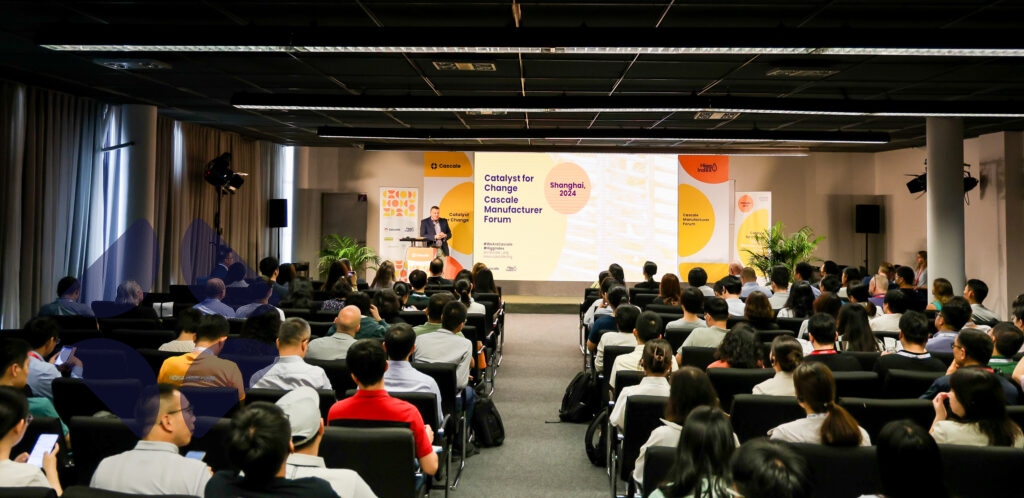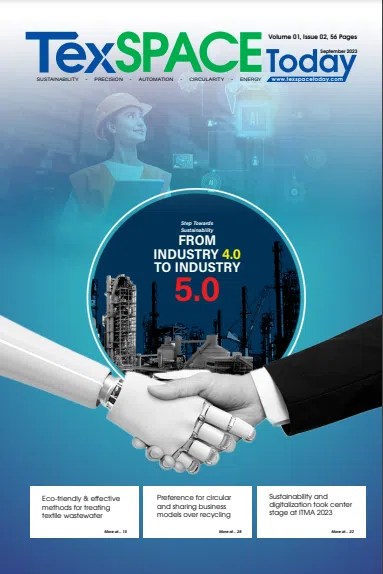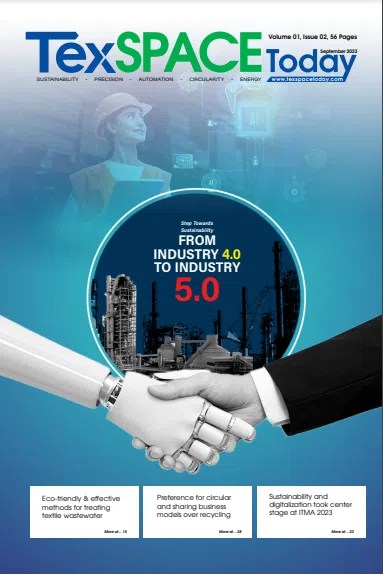
The Earth has entered a new geological epoch: the Anthropocene. Defined by humanity’s profound impact on planetary systems, the fashion industry, particularly the high-volume, low-cost model known as fast fashion, stands out as a major culprit.
Fast Fashion’s Environmental Ravage
Fast fashion thrives on a relentless cycle of trendy clothing at bargain-basement prices. But this convenience comes at a staggering environmental cost.
- Water Woes: The textile industry is the world’s second-largest consumer of water, guzzling a colossal 20% of global wastewater [1]. A single cotton t-shirt, a fast-fashion item, requires an average of 2,700 liters (713 gallons) of water to produce – that’s enough drinking water to sustain one person for three years! [2] This immense water footprint is particularly concerning in regions already facing water scarcity.
- Chemical Cocktail Contamination: The vibrant colors and finishes adorning our clothes often hide a toxic secret. Textile dyeing processes release harmful chemicals like lead, arsenic, and formaldehyde into waterways [3]. A 2018 Greenpeace study exposed alarming levels of these hazardous chemicals in clothing from major fast-fashion brands [3]. According to the World Health Organization, over 80% of global wastewater goes untreated, further exacerbating the problem [8].
- Microplastic Menace: Synthetic fabrics, a mainstay of fast fashion due to their affordability, shed tiny plastic fibers during washing. These microplastics pollute our oceans, infiltrating the food chain as they are ingested by marine life, and even pose a potential health risk to humans [4]. The Ellen MacArthur Foundation estimates that by 2050, there could be more plastic than fish in the world’s oceans by weight [9].
The Human Cost Stitched into the Fabric of Fast Fashion
The breakneck pace of fast fashion often translates into human suffering.
- Labor Exploitation: Workers, often women and children, face unsafe working conditions with long hours, meager wages that fall below living standards, and a lack of basic safety standards. This exploitation fuels a cycle of poverty and contributes to human rights abuses. According to the International Labour Organization, an estimated 170 million people globally are trapped in forced labor conditions [10].
- Fast Fashion’s Footprint on Health: The constant exposure to harmful chemicals used in dyeing and finishing processes in fast-fashion factories can lead to respiratory problems, skin diseases, and even cancer for garment workers [6]. A 2017 study by Public Health Reviews found that textile workers are more likely to experience respiratory problems and skin conditions compared to the general population [11].
Pathways to a Sustainable Fashion Tapestry
Despite the bleak picture painted by fast fashion’s impact, there is hope for a more sustainable future for fashion.
- Embrace Slow Fashion: Move away from fleeting trends and invest in high-quality, timeless pieces made from sustainable materials like organic cotton, linen, or recycled fibers. According to a 2022 McKinsey report, the global market for sustainable fashion is expected to reach $2.1 trillion USD by 2030, indicating a growing consumer interest in sustainable practices [12].
- Pre-Loved Fashion: Giving Clothes a Second Life: Extend the life cycle of clothing by shopping at thrift stores, consignment shops, or participating in clothing swaps. The global secondhand clothing market is projected to reach a value of $84.1 billion USD by 2026 [13]. This trend highlights a growing shift towards pre-loved fashion as a more sustainable alternative.
- Supporting Sustainable Brands (Transparency and Certification Data): Seek out brands that prioritize eco-friendly materials and ethical production practices. Look for brands that are transparent about their supply chains, use recycled materials, ensure fair wages and safe working conditions for their employees,and hold certifications from organizations like the Global Organic Textile Standard (GOTS) or the Fair Wear Foundation.
- Wash Wisely: Washing clothes less often and using cold water can significantly reduce the environmental impact of garment care. Consider spot cleaning for minor stains instead of a full wash, and hang dry your clothes whenever possible to save energy. A study by the University of Leeds found that washing clothes at 30°C instead of 60°C can reduce energy consumption by up to 57% [14].
- Support Changemakers: Advocate for policies that promote sustainable practices in the fashion industry. Support organizations that are working to reform labor practices, promote environmental responsibility, and encourage a shift towards a more circular clothing economy. Research by the Ellen MacArthur Foundation suggests that a circular fashion economy could generate $500 billion in annual economic benefits by 2030 [15].
Fast fashion has woven a complex and tangled web, ensnaring our planet and its people within its grasp. However, by making informed choices backed by data-driven insights, supporting sustainable practices, and advocating for change, we can collectively rewrite the narrative. Let’s choose quality over quantity, embrace pre-loved clothing, and support brands that prioritize our planet and its people. Together, we can unravel the destructive threads of fast fashion and weave a more sustainable future for the textile industry within the Anthropocene.
Data Sources:
- [1] Ellen MacArthur Foundation, A New Textiles Economy: Redesigning Fashion’s Future (2017)
- [2] Water Footprint Network [online resource]
- [3] Greenpeace, Detox Our Future – 2020 Update (2018)
- [4] The University of Plymouth, Microplastics in clothing shedding: a review of research methods (2019)
- [8] World Health Organization, Wastewater: https://www.who.int/teams/environment-climate-change-and-health/water-sanitation-and-health/sanitation-safety/wastewater
- [9] Ellen MacArthur Foundation, The New Plastics Economy – Rethinking Plastic Packaging, A Platform for Action (2016)
- [10] International Labour Organization, Global Estimates of Forced Labour (2016)
- [11] Public Health Reviews, Health Risks of Textile Workers (2017)
- [12] McKinsey & Company, The State of Fashion 2022 (2021)
- [13] Grand View Research, Inc., Second-Hand Clothing Market Size, Share & Trends Analysis Report By Product (Apparel, Footwear, Accessories), By Distribution Channel (Online, Offline), By Region, And Segment Forecasts, 2020-2026 (2022)
- [14] University of Leeds, Science for sustainability: Laundry (n.d.) [online resource]
- [15] Ellen MacArthur Foundation, A New Textiles Economy: Redesigning Fashion’s Future (2017)



